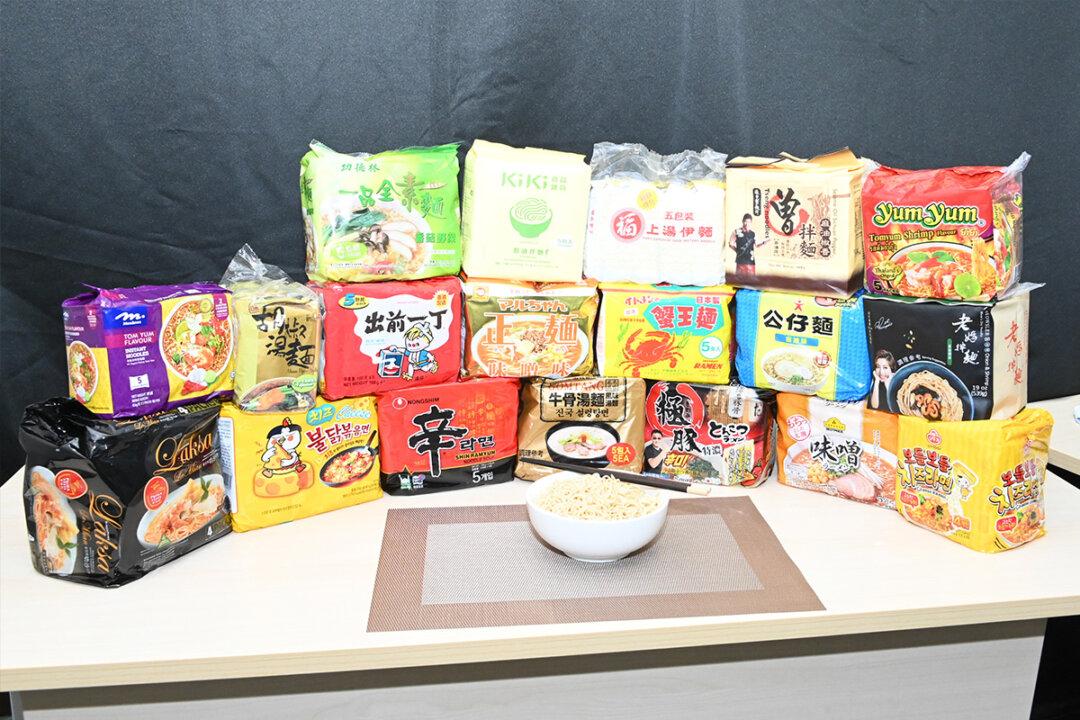In fast-paced city life, many people resort to instant noodles as a means to “fill the stomach.” The Hong Kong Consumer Council (HKCC) tested 19 brands of prepackaged instant noodles and found that the condiments and ingredients in all samples were “high in sodium,” and nearly 90 percent of them were found to contain potential carcinogenic contaminants, with three of them exceeded the EU limits for related vegetable oils.
The Consumer Council tested 19 models of prepackaged instant noodles, including 14 “fried” and 5 “non-fried,” priced from HK$2.2 to HK$33.5 (US$0.28 to US$4.3). Seven samples received a total score of 4 points or above, of which four, being “non-fried” instant noodles, had a 4.5 points score; and the other three, being “fried” instant noodles, had a four points score.




